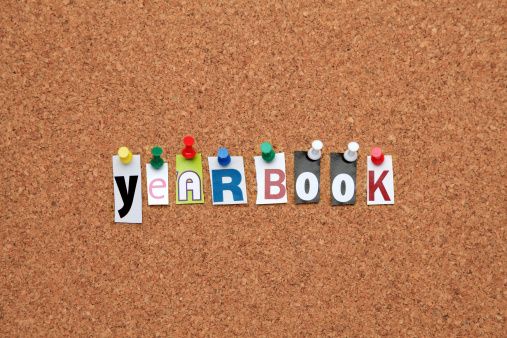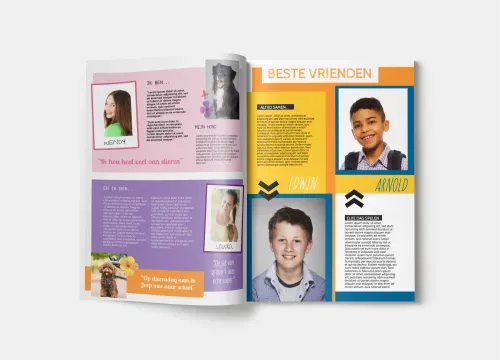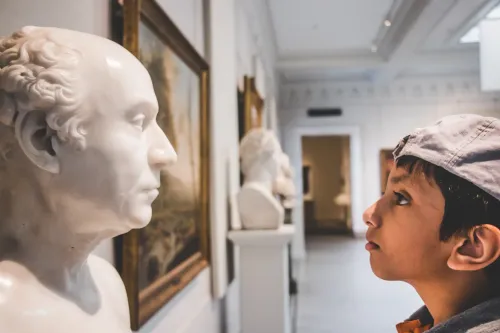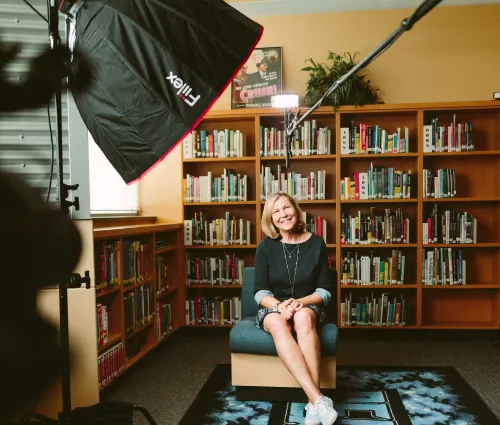You cannot do without diagrams. Anyone who has ever held a class yearbook in their hands and known that the students wanted to read it first will surely remember this. Hit lists are the first thing (almost) everyone reads in a yearbook. Hit lists are one of the most popular sections. They are also called statistics or rankings. Here you can laugh, giggle and shake your head. Which student is at the top of which hit list? Is the chaotic Jan really the most out of place student among his classmates? Do you like the number one on the list of "nicest teachers"? With hit lists the opinion of the whole class is asked.
Decide in advance as a team which questions to ask, or ask the whole class, which by the way can lead to a great discussion. Look at the old editions of the yearbook. You will soon find out which cards you do not want in your notebook. It is better to leave out boring topics and make sure you are respectful and don't embarrass anyone - not even the teachers. About 10 to 15 cards fit well in the yearbook. You can separate all or some topics by gender if you wish. You can conduct the survey using online survey tools. Find out what works best for you.
Ideas for hitlists
- Dumbest Student
- Hottest Hottie
- Best outfit in class
- Notorious latecomer
- Biggest Blabbermouth
- Worst homework napper
- Mother/Father of the Level
- Most ingenious
- Future Nobel Prize Winner
- Teacher's favourite
- Helper in times of need
- Biggest Wise Guy
- Most creative
The layout of the diagrams
You will find the diagrams on the template page. You can find the template in makerspace. You can leave it as it is or adapt it to your style, colours and fonts.



